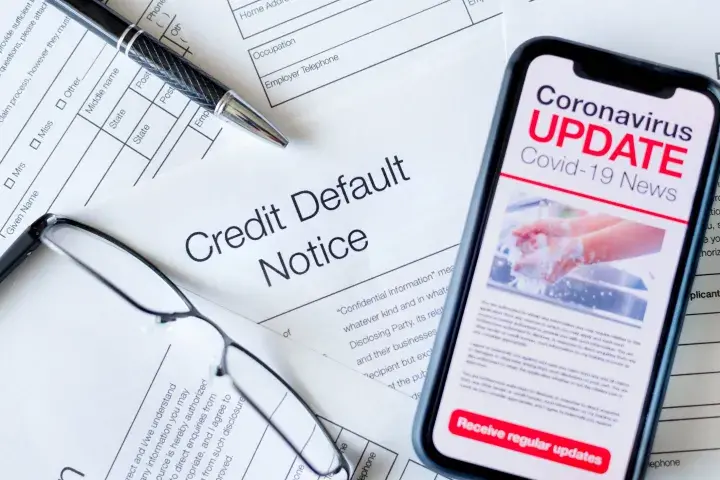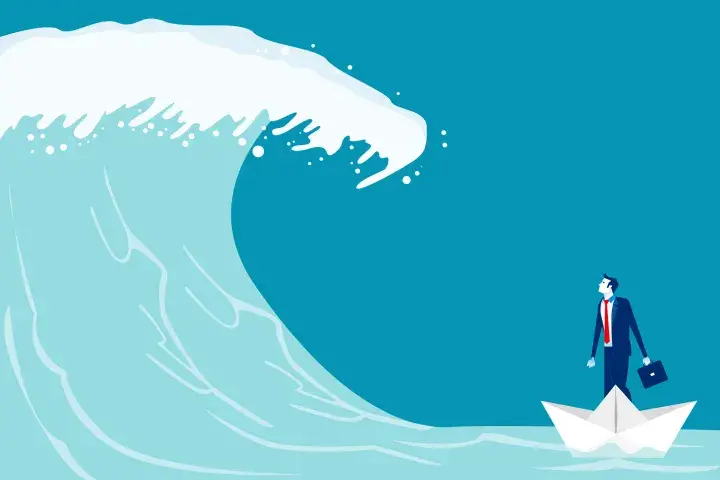Keep your brains about you: if it looks like a zombie, acts like a zombie, and reports like a zombie, it is probably a zombie.
Resources
Stay Ahead With In-Depth Analytics on Public And Private Companies


Deep cracks are surfacing in global corporate debt markets. The timing of corporate bankruptcies is always difficult to predict, yet FRISK® score trends show that the odds of a bankruptcy wave have measurably increased.

Knowledge of how and when to react to a business defaulting is essential; cutting ties with a customer or supplier too soon could lead to a missed sales opportunity, while being too late can result in financial loss.

The media and financial institutions, including the Federal Reserve, underreport the proliferation of zombie firms, a frightening reality you must not ignore. Learn how you can use the FRISK® score and other CreditRiskMonitor report features to protect your company from bankruptcy-prone zombies.